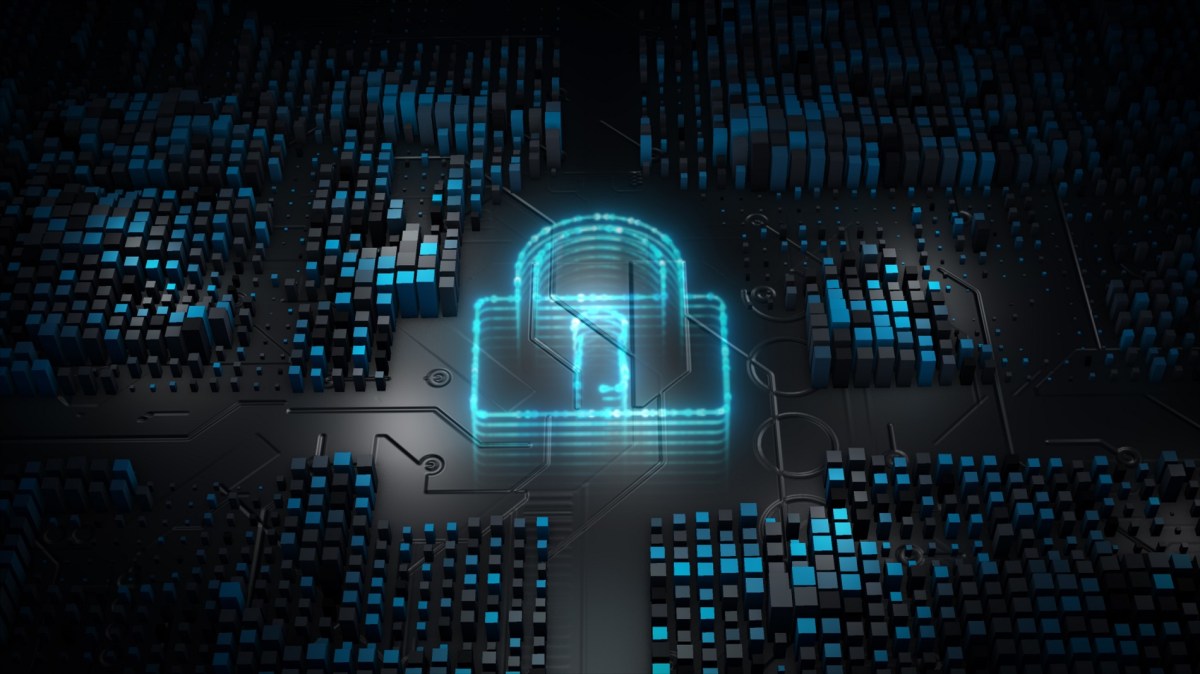Retailers are looking to accelerate business growth following the rollercoaster ride of the past 18 months. Retailers have been affected differently in the face of lockdowns and economic disruption, with some thriving during this period and others struggling to maintain profitability.
Those that have thrived in this period have typically done so via online, ecommerce solutions with strong customer experience solutions. The always on, online presence has become the minimum expected experience for many consumers. To maintain a strong recovery requires retailers to carefully manage the business elements that are under their control to minimise the potential impacts of external factors. One key area for retailers to focus on is the risk of ransomware attacks.
A ransomware attack is a form of cyberattack where the hackers break into the organisation’s network and encrypt the data. This effectively prevents the organisation from operating since the locked data is usually essential to normal business operations. The criminals then demand a ransom payment, often in cryptocurrency, to release the encrypted data.
Sometimes, the attackers don’t just encrypt the data; they release it to the public, which can be highly detrimental to the organisation’s reputation. However, paying the ransom doesn’t always guarantee that the data will be decrypted. Worse, it shows the cybercriminals that the organisation is willing to pay a ransom, making it more likely that the same group will attack the organisation again in the future.
The risk of a ransomware attack is significantly higher in Australia than anywhere else in the world, with 67 per cent of Australian organisations surveyed suffering a ransomware attack in 2020 compared with the global average of 57 per cent.
A further 23 per cent of Australian organisations accept that they are likely to be targeted by a ransomware attack at some point, leaving just 11 per cent confident that they won’t be targeted. The cost is also higher for Australian organisations who pay the ransom, with an average cost of AU$1.25 million for each breach.
Retailers can be affected by ransomware attacks both directly and indirectly. For example, if the retailer is attacked directly, then this could shut down the retailer’s ability to operate for a period. If this were to happen during a retailer’s busiest season or peak hours, the impact on revenue could be substantial.
An indirect attack could affect businesses in the retailer’s supply chain. If this were to occur, the retailer may struggle to get enough stock to meet demand or, if the retailer needed to send goods to customers, delivery could be delayed. In either case, the customer experience would be impacted and the retailer’s reputation could suffer.
The risk of ransomware is high, making it imperative that retailers move proactively to protect themselves. For many retailers, this protection takes the form of cybersecurity tools that aim to prevent an attack from succeeding. These tools are essential; however, ransomware is insidious and can often find gaps that the retailer didn’t even know were there.
When this happens, the retailer is faced with the choice of either paying the ransom and hoping the attackers release their information or refusing to pay the ransom and beginning the laborious process of trying to get the business back up and running again. Neither option is particularly appealing for most retailers.
Once a ransomware attack has occurred, and if the retailer doesn’t intend to pay the ransom, the next phase is usually to restore the data from backups. Most retailers have data backups for business continuity. However, restoring data from legacy backup systems doesn’t come with guarantees and it can take a long time before the retailer is ready to commence business as usual. If the backup data is also corrupted, then the retailer may have no choice but to pay the ransom.
It is possible to avoid this by choosing a backup data storage solution that locks down data, protecting it from malicious attacks. These systems can create a snapshot of the backup data and associated metadata catalogues, which doesn’t let the data itself be altered at all. This means it can’t be deleted, encrypted, or modified; in other words, it’s immune from a ransomware attack.
A data snapshot is the best way to keep data safe from ransomware attackers. It also lets the retailer restore the data quickly and effectively by bringing in all of the data from the retailer’s various silos without getting slowed down. This means the retailer can get back to work and focus on business acceleration again.
With ransomware on the rise, retailers should examine their data storage solution sooner rather than later and consider one that includes a data snapshot so that even if an attack succeeds, they are in the best position to get the business back up and running quickly and return to a state of business acceleration.
Mark Jobbins is vice president and field chief technology officer for Asia Pacific and Japan at Pure Storage.

